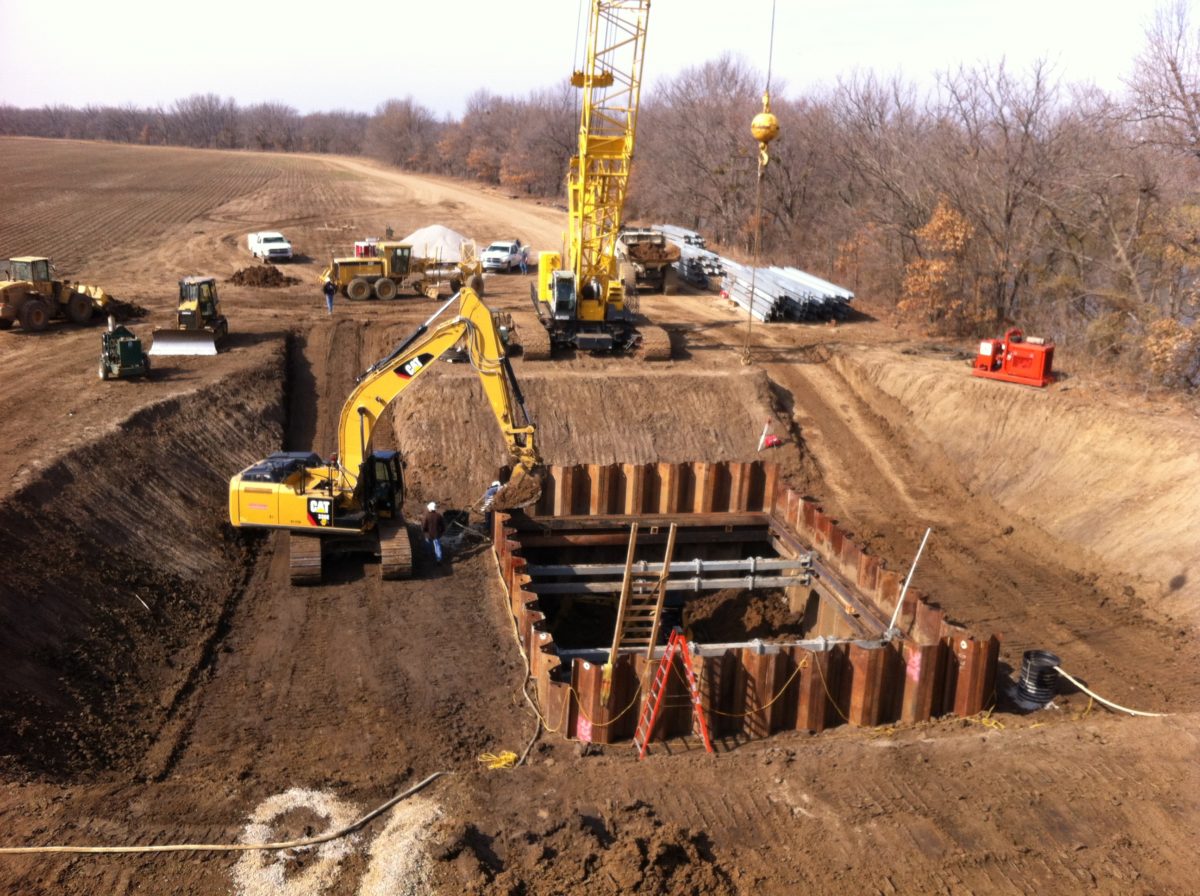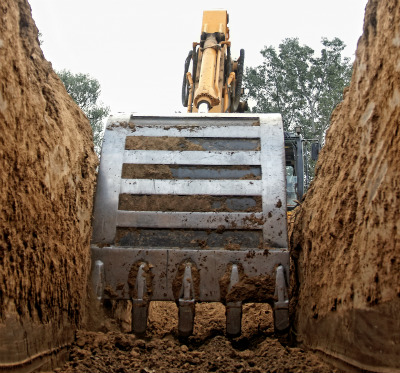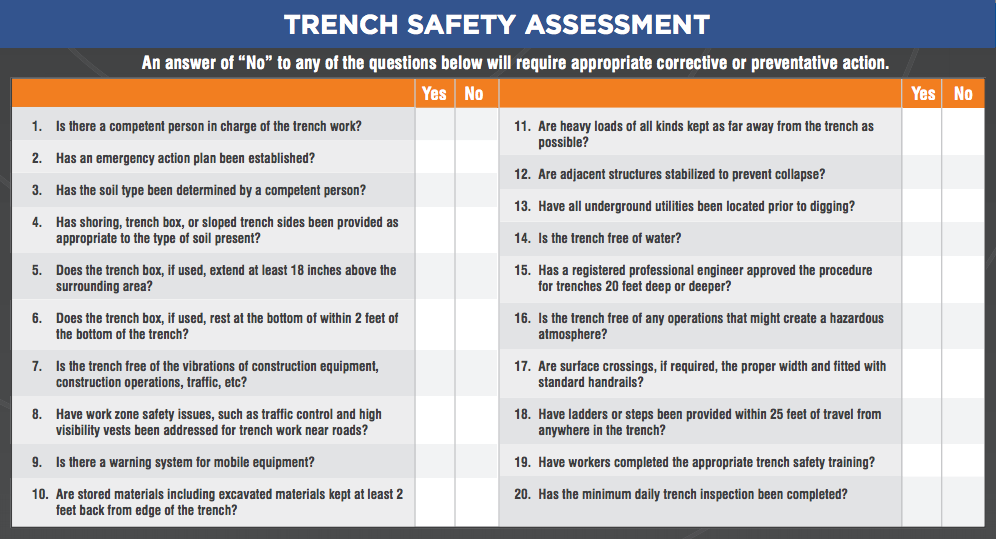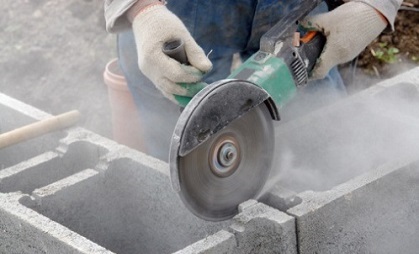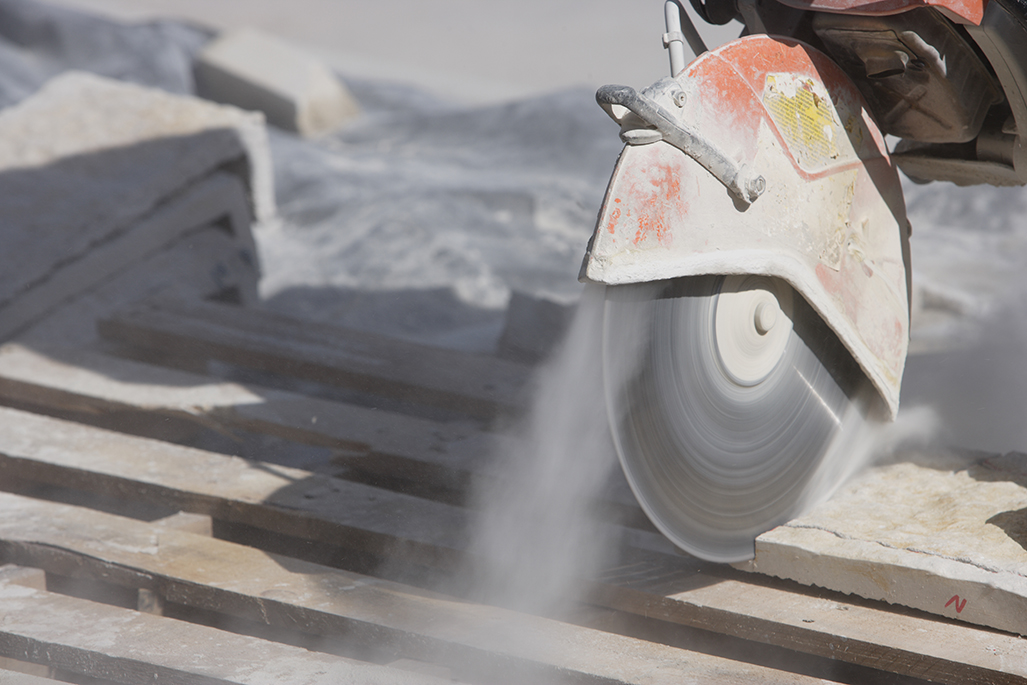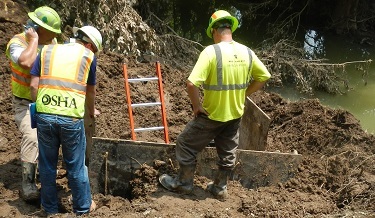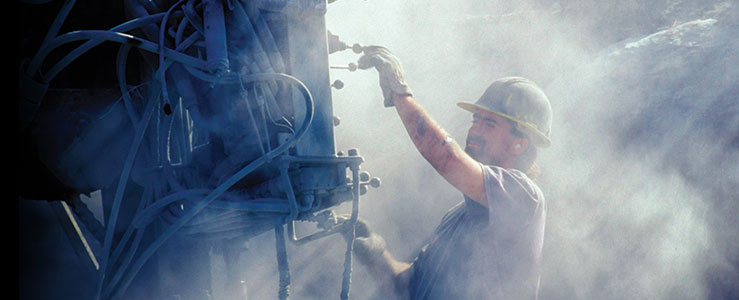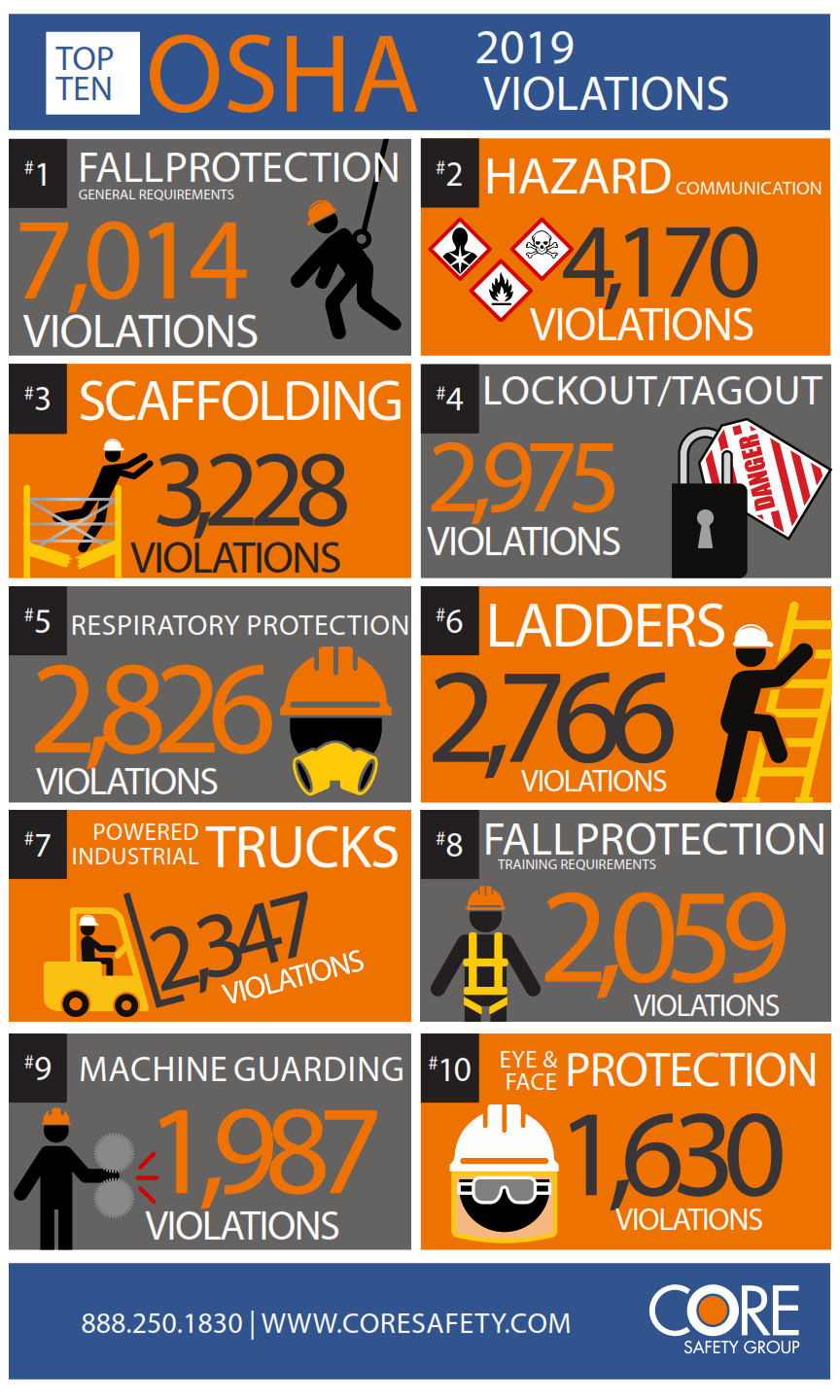The Occupational Safety and Health Administration’s newest regulation is raising concerns for large employers nationwide—specifically general contractors.
The new rule, which takes effect Jan. 1, 2017, requires employers to electronically submit injury and illness data in addition to their onsite OSHA forms. This data will allow OSHA to create up-to-date reports on companies nationwide with above-average injury rates, which will improve safety for workers. Currently, the Bureau of Labor Statistics reports data on injuries by industry and occupation, but has never been company-specific.
Through research of behavioral economics, OSHA reports that sharing injury information publicly will “nudge” employers to prioritize safety training and implementation. More attention to safety will save the lives and limbs of many construction workers and will ultimately help employers’ bottom lines as well. In addition, OSHA can focus on inspecting companies with above-average injury rates, making better use of the organization’s time and resources.
However, some companies are concerned that transparency of injury data could do more harm than good. “This new requirement will force companies to publicly reveal confidential business details that had, in the past, been considered privileged and confidential,” wrote Edwin Foulke Jr., partner at Fisher Phillips law offices. “It will give undo access to business processes to competitors, plaintiffs’ lawyers, community activists and union organizers,” all of which could use the information against the company.
The new provision also prohibits employers from discouraging workers from reporting an injury or illness. Though the Occupational Safety and Health act already prohibits any person from discriminating against an employee who reports a fatality, injury or illness, the rule will also require companies to inform employees of their right to report injuries free from retaliation.
OSHA will be able to cite an employer for retaliation against an employee—even if the employee did not file a complaint, or if the employer has a program that deters or discourages reporting through the threat of retaliation. This clause is causing concern for large corporations—many of which have alcohol and drug-testing policies for anyone involved in a work-related accident. Because OSHA does not define “retaliation” against employees, there is room for interpretation—interpretation that may be made only through example. Companies, of course, can defend their reasoning when accused of retaliation by OSHA, but if their defense is not justifiable, they could face a large fine.
The new OSHA provision was created to protect workers, increase the priority for workplace safety programs, and raise awareness of companies with high standards for safety or above-average injury rates. But with effective safety training and procedures, employers can significantly negate their risk for workplace injuries and fatalities—and avoid an unpleasant visit from OSHA representatives.
To have your current safety program assessed or to implement a new safety training program within your company, contact CORE Safety Group.

